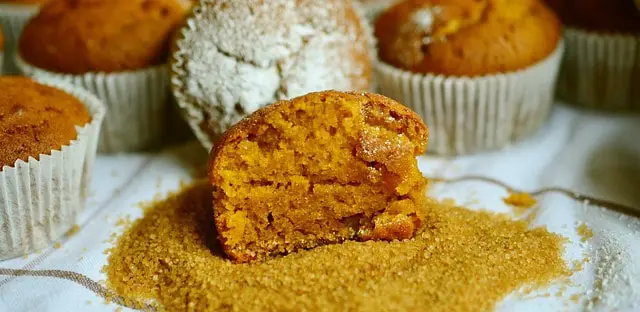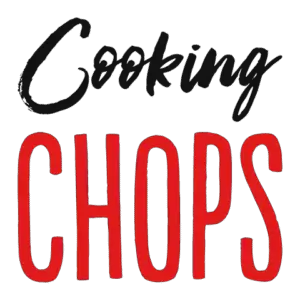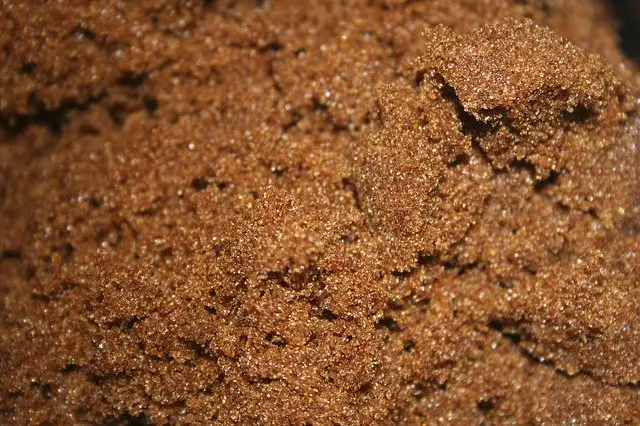Deciding which sugar you want to use in your cooking may depend on several factors. One deciding factor may be the one that doesn’t burn as quickly. This can be especially true for using sugar with homemade BBQ, meat and spice rubs.
Another reason you might want to know this if for making candy. Which involves cooking sugar to certain stages. There are four sugar stages to know when making candy.
I won’t go into much detail about those stages in this post. Instead just cover the differences between the sugars when in comes to heating and cooking.
Which Will Burn Faster, brown or white sugar?
Generally, unrefined brown sugar has more original content than white sugar and also more impurities. That’s the reason white sugar melts or burn faster than the brown sugar. Sugars can burn at cooking temperatures between 275°F – 350°F Degrees.
Another part of this is due to the brown sugar containing slightly more moisture. The moisture results from the added molasses. Moisture will slow the burning of the sugar.
There is a general rule that if it is browner, then it burns very slowly compared to the white sugar.
Let’s talk about the significant differences between brown sugar and white sugar, their cooking uses and how to prevent burning. I will also cover a third type of sugar that is less known.
Brown Sugar vs White Sugar
We all know that sugar is a natural ingredient that has been part of our diet for centuries. There are numerous types of sugars, but the two most well-known examples are brown sugar and white sugar.
Basically brown sugar is made by reintroducing molasses (sugarcane juice that is boiled down into a syrup) into refined white sugar.
Turbinado Sugar
A third type of sugar exists that is not as well known. At least for me I never heard of it until writing this post. Its called turbinado and can be referred to as “raw sugar”.

Turbinado in the basic explanation falls between brown and white sugar. It is a less (partially) refined than white sugar. Resulting in a slightly brown color, lighter than brown sugar because no molasses is added.
Supposedly turbinado is better to use in BBQ rubs because it has a higher melting and burning point. Meaning you can cook it at higher temperatures or for longer times.
One problem is you may find it doesn’t caramelize as easy, so if you don’t cook it enough you are left with sugar in its crystallized state. Which at that point you might as well pour raw sugar on your meat.
Which Sugar Dissolves Faster
Both sugars will dissolve in water eventually. Between brown and white sugar you will find white does dissolve faster.
The reason being is the added molasses takes longer to break down. Although it does absorb more water, resulting in clumping.
Turbinado will dissolve in water faster than brown sugar but slower than white sugar. Since its content is less refined.
How Each Sugar Cooks Differently
- Baking with white refined sugar makes for a drier and crispy dough or bread. Which isn’t necessarily bad, since most cookie recipes for example use white sugar.
- Brown sugar is the opposite, as the molasses contains, absorbs and retains moisture. Resulting in a food that is more moist, soft and chewy.
- Brown sugar works well with rubs when grilling. Since the sugar will not burn quickly like white sugar. It also goes well with BBQ sauces and sticks better to meats.
- Turbinado sugar is better suited to be used as sugar coating. A topping to sprinkle or coat on muffins, cookies, cakes and other baked goods. The reason being it does not dissolve into batters as well as the other sugars.

How To Keep Sugar From Burning
Sugar usually burns from cooking when either trying to melt, caramelize or grill with a sugar flavored sauce/rub.
Most of the time sugar burns from using too high of a temperature. Which makes sense but can be hard with direct heat.
Remember sugar usually starts to burn at temperatures above 300° F. There are thermometers made for making candy.
I personally bought a ThermoPro cooking thermometer on Amazon for less than $15. This same one has a range up to 572°F, making it suitable for practically any cooking method.
You can find the one I bought on Amazon here.
They work very well for getting sugar to the right stages. What makes them different is their ability to read higher temperatures. Which works well for making candy.
Melting Sugar
Melting sugar involves heating it in a sauce pan with a small amount of water. To avoid burning sugar this way follow these rules.
First make sure to use low heat at the beginning and throughout. This way the temperature won’t get away from you.
Second continuously stir the sugar as you melt it. This way the sugar does not clump and heats evenly.
Caramelizing
Caramelizing sugar carries the same first rule, don’t let it get too hot. You want the water to boil away. With this method you don’t want to stir the sugar.
Caramelizing sugar begins the same way you are just going to heat it for longer. Until the sugar turns brown in color, also as mentioned you are not stirring the sugar as it heats.
There are charts available online that give the different stages of sugar caramelizing.
you can follow this chart once the water has boiled away. Leaving the sugar behind to start to caramelize.
| Sugar Color | Sugar Temperature |
| Clear | 315 – 320° F |
| Brown | 330 – 338° F |
| Black/Burnt | 350°+ F |
Grilling/Smoking
Burn sugar which is often caramelized imparts a flavor that some might enjoy.
In order to avoid burning the sugar within the BBQ rub. You need to avoid hot spots and high temperatures (above 300° F) for long periods of time.
Rubs actually work much better smoking meats than directly grilling them. Since smoking meat it usually done at a lower temperature.
If you plan to grill with a rub keep the temperature between 200° F and 250° F to be safe. You shouldn’t see any burning at those temperatures.
Also if you are making your own rub use brown sugar or less white sugar. Consider possibly substituting the sugar for honey or syrup. Molasses by itself is commonly used in barbecue rubs and sauces.

